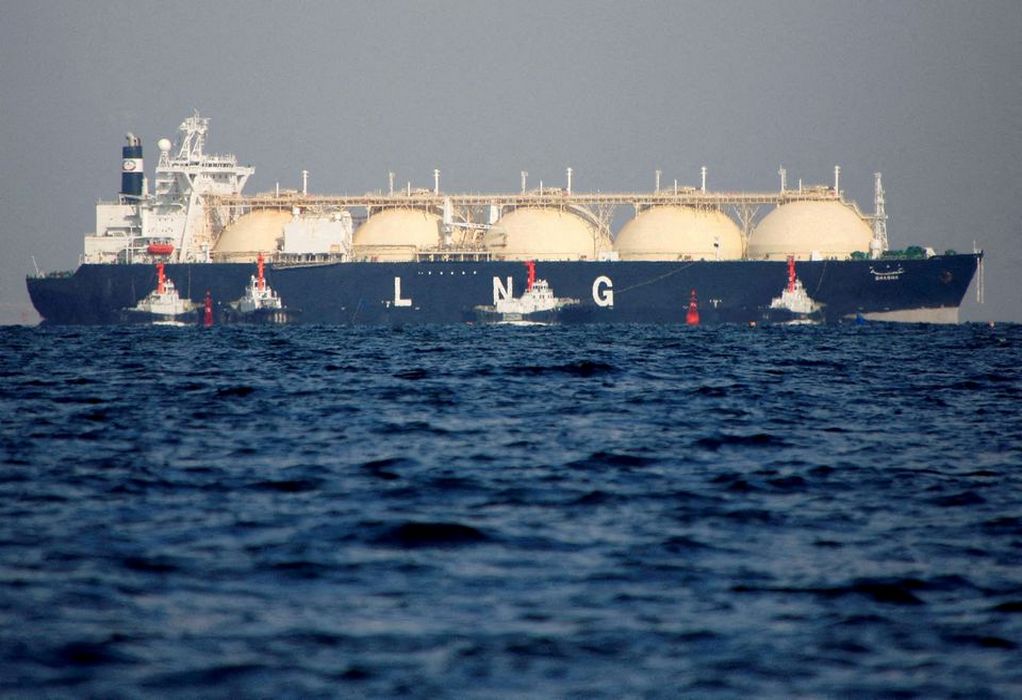Qatari gas shipping giant Nakilat has been selected by QatarEnergy to own and operate up to 25 vessels as part of the Middle Eastern country’s second phase of a massive LNG shipbuilding program.
The Doha-based outfit will take ownership of 174,000 cu m units set for construction in South Korea and charter them to affiliates of QatarEnergy.
Qatar’s historic LNG shipbuilding program is the largest of its kind in the history of this sector. The first phase saw several selected owners contract 60 ships at Korean and Chinese shipyards, backed by long-term charters with QatarEnergy.
The second phase kicked off in September last year in a deal worth nearly $4bn with South Korea’s HD Hyundai Heavy Industries for 17 LNG carriers and continued with Samsung Heavy Industries most recently securing a $3.45bn order for 15 ships.
The deal with Nakilat, which currently has 69 LNG carriers on the water, is QatarEnergy’s first award in the second batch of long-term charters, and the company said there will be more to follow.
Another Korean yard, Hanwha Ocean, is next in line to firm up its deal with QatarEnergy for 174,000 cu m newbuilds, all of which will serve the country’s LNG expansion projects and fleet renewal requirements. The state-run LNG producer also recently signed a deal with China’s Hudong-Zhonghua Shipbuilding for eight Q-Max vessels with a capacity of 271,000 cu m—the largest-ever units ordered in this sector.
Tags: LNG, Nakilat, Newbuilds, QatarEnergy



Recent Posts
Lloyd’s Register Decarbonisation Hub Joins Mærsk Mc-Kinney Møller Center as Knowledge Partner
Wärtsilä engines selected to deliver reliable power for US data center
Japan’s First LNG-Powered Cruise Ship Begins Operations with Shore Power Capabilities
Amogy Secures Additional $23 Million to Advance Ammonia-to-Power Solutions and Expand in Asia
NEMO strengthens global role with official status from IMO and IAEA
Summit at SRM University – AP to Drive Dialogue on Green Hydrogen Innovation
Goltens Partners with Orcan Energy to Expand Marine Waste Heat Recovery Solutions
NWSA Launches First Incentive Program for Zero Emission Trucks in Washington